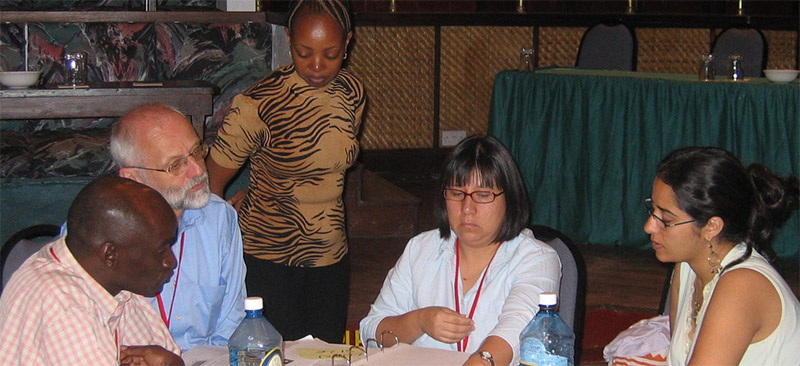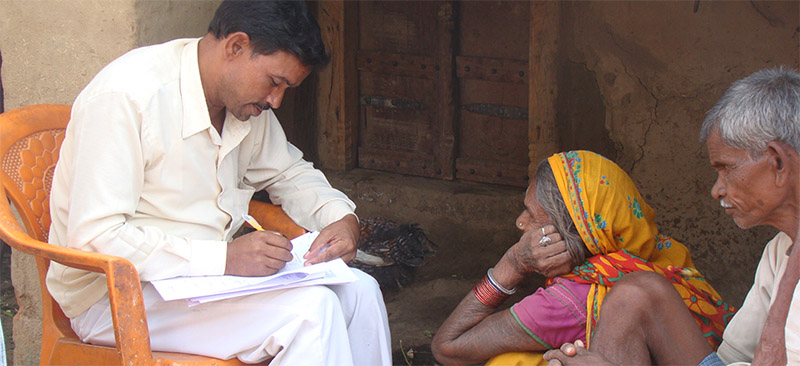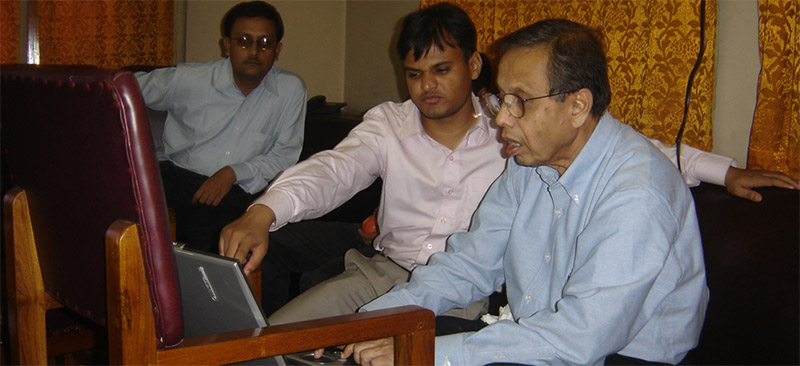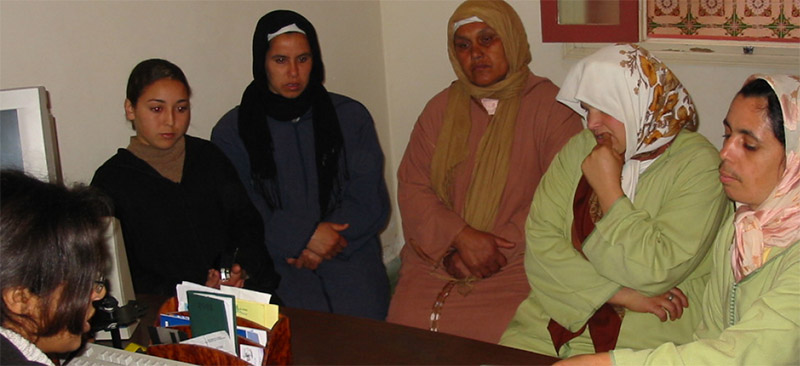MicroSave has worked with a variety of banks and MFIs across Africa and Asia to implement customer service programmes that have made significant impact on the organisations’ social performance. MicroSave’s customers focus interventions involve the following activities:
– Understanding client needs to develop tailored products and services
– Studying client drop outs to prevent the same in the future
– Collecting client feedback to design suitable client protection strategies
– Client reach- out strategies for better beneficiary-targeting
– Studying staff motivation for better service to the clients
– Crafting client -delight strategies to offer them services far in excess of their expectations.
– Aligning systems and processes towards the objective of client delight articulated clearly in the Mission statement.
Through SPM diagnostics, MicroSave helps MFIs to prioritise and choose concrete steps to take in the implementation of proposed SPM improvements. It helps in providing expert technical assistance to ensure implementation of the recommended measures.





